Nothing about the last few years has been easy for Jessica Higginbotham, a 40-year-old mother of five. First she needed a heart transplant, then a second heart and a kidney transplant. Soon after, the COVID-19 pandemic infected her and three family members, and led to her husband losing a significant portion of his hours at work. Taken together, these challenges strained the family’s financial resources, and required they do something no family ever wants to: seek out food assistance.
“When it got really bad with the money, it was either pay the light bill or have food on the table,” says Higginbotham.
On that front, she’s far from alone. Even before COVID-19 stripped people of their jobs, shuttered businesses and claimed hundreds of thousands of American lives, some 13.7 million U.S. families—10.5% of households—experienced food insecurity at some point in 2019. The pandemic has only made things worse. Researchers at Northwestern University estimate that food insecurity rates have more than doubled, now impacting as many as 23% of U.S. households this year.
Among families with children, the problem is all the more dire. Food insecurity can delay brain development, cause children to fall behind in school, and culminate in behavioral issues. As of July, approximately 14 million kids weren’t getting enough to eat, according to a Brookings Institution report.
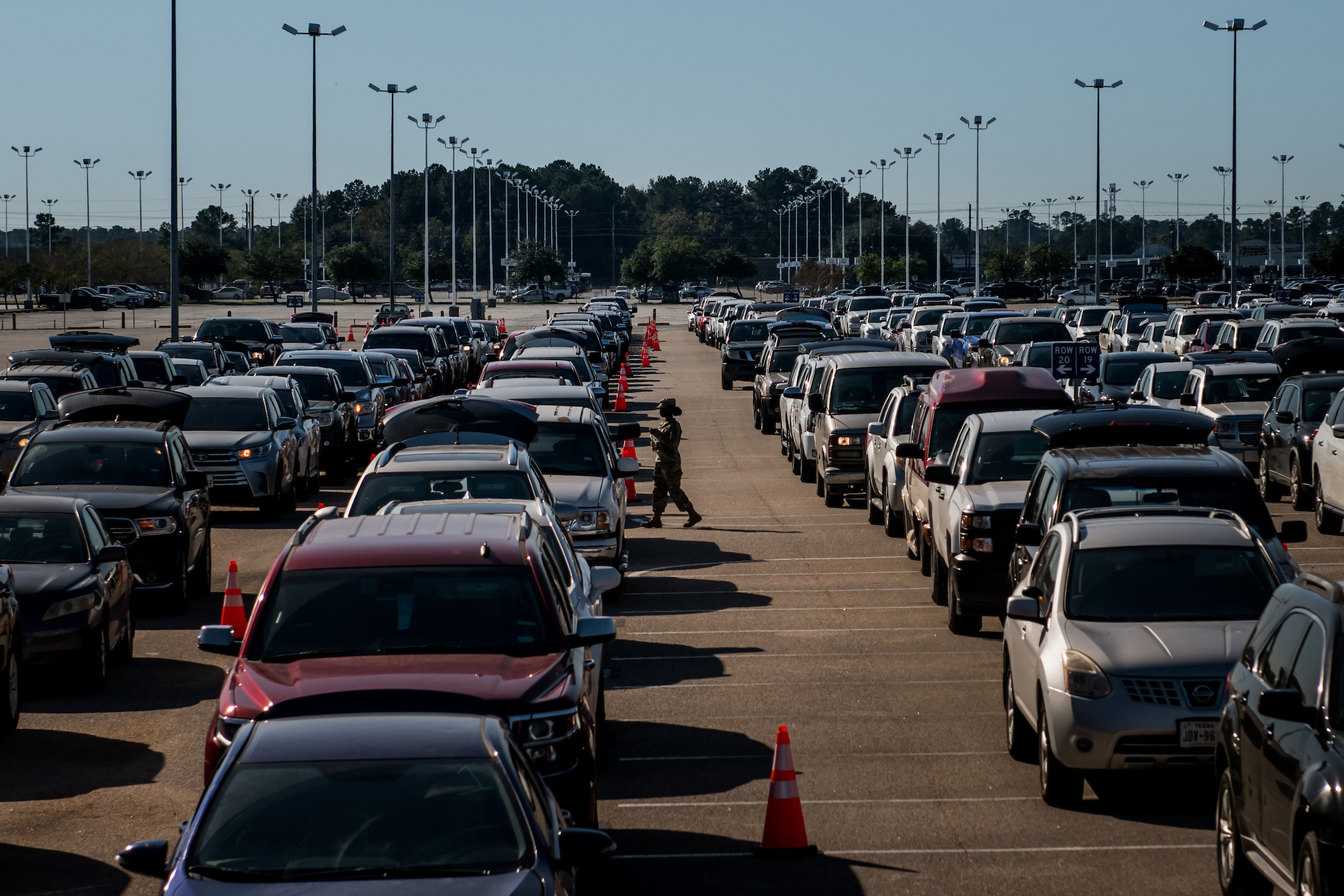
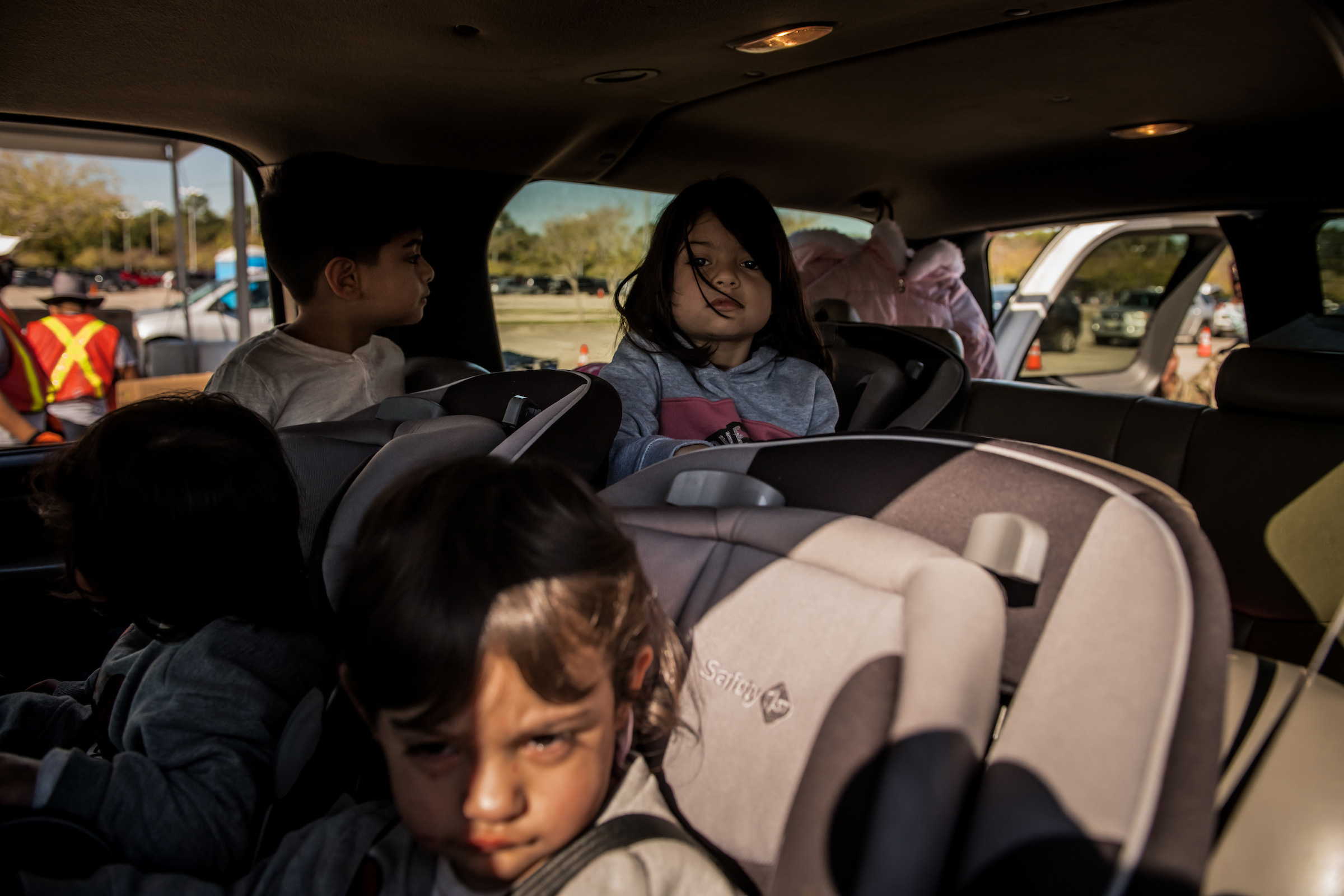
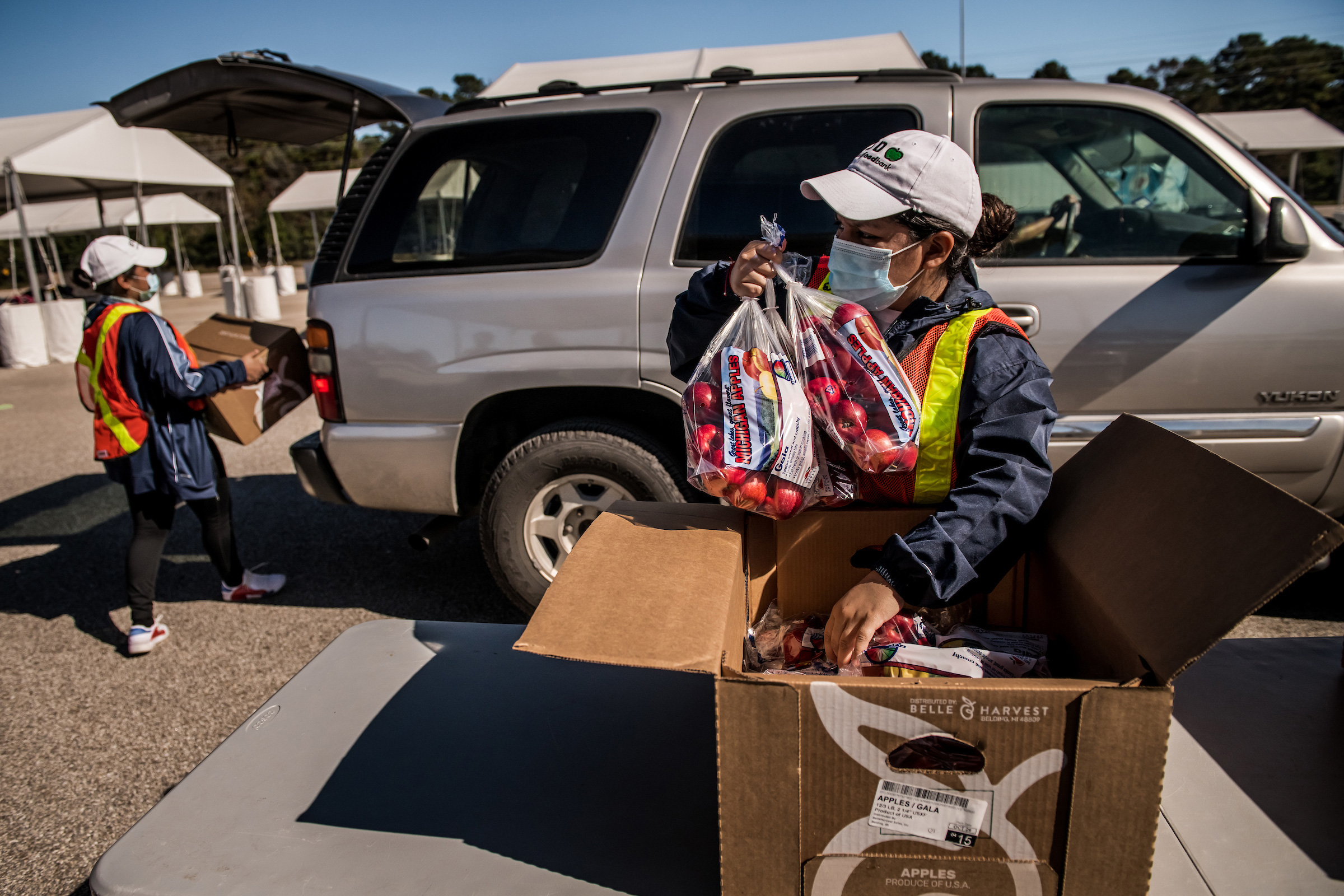
The profound consequences of hunger have led many families, including the Higginbotham’s, to food charities that are themselves fighting to keep up with skyrocketing demand. Take the Houston Food Bank for example. In an average year, the charity and its 1,500 partners distribute 450,000 pounds of food per day in a 18-county Southeast Texas Region, according to Houston’s NBC affiliate, KPRC. Now, the charity is distributing 800,000 pounds per day.
Feeding hundreds of thousands of families amid a pandemic that has left 5.3 million more people unemployed than were in February 2020 isn’t as simple as getting more suppliers to donate food: Food charities have also had to grapple with how they can distribute significantly more food with much less physical contact, to mitigate the chance of spreading COVID-19 between volunteers and food recipients. Many food charities have also cut down on the number of volunteers they can accommodate, and the age ranges of volunteers they can accept. (Before the pandemic, a sizable proportion of frequent food bank volunteers were retired and elderly individuals who can no longer volunteer in-person safely due to their advanced risk of contracting a serious bout of COVID-19.)
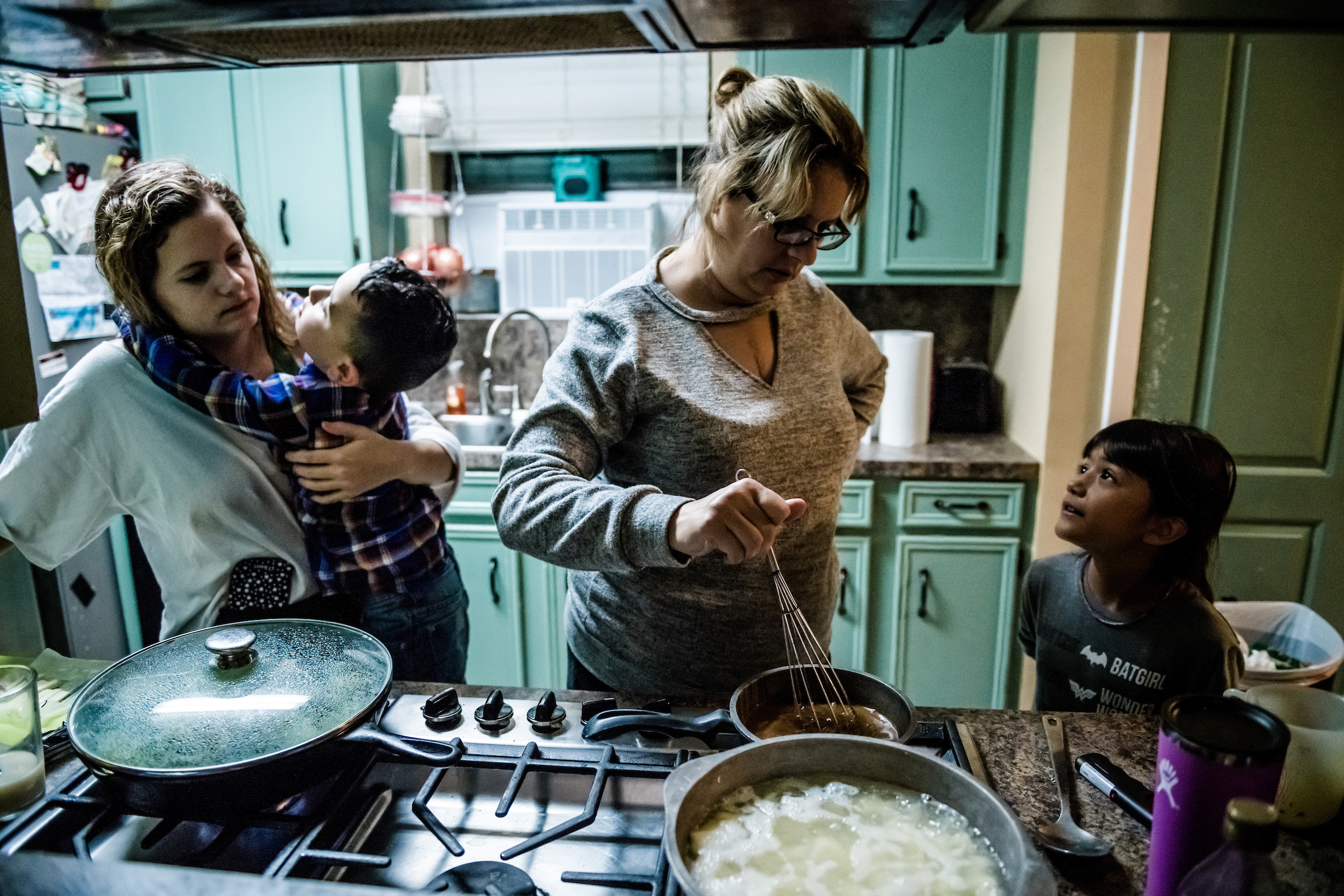
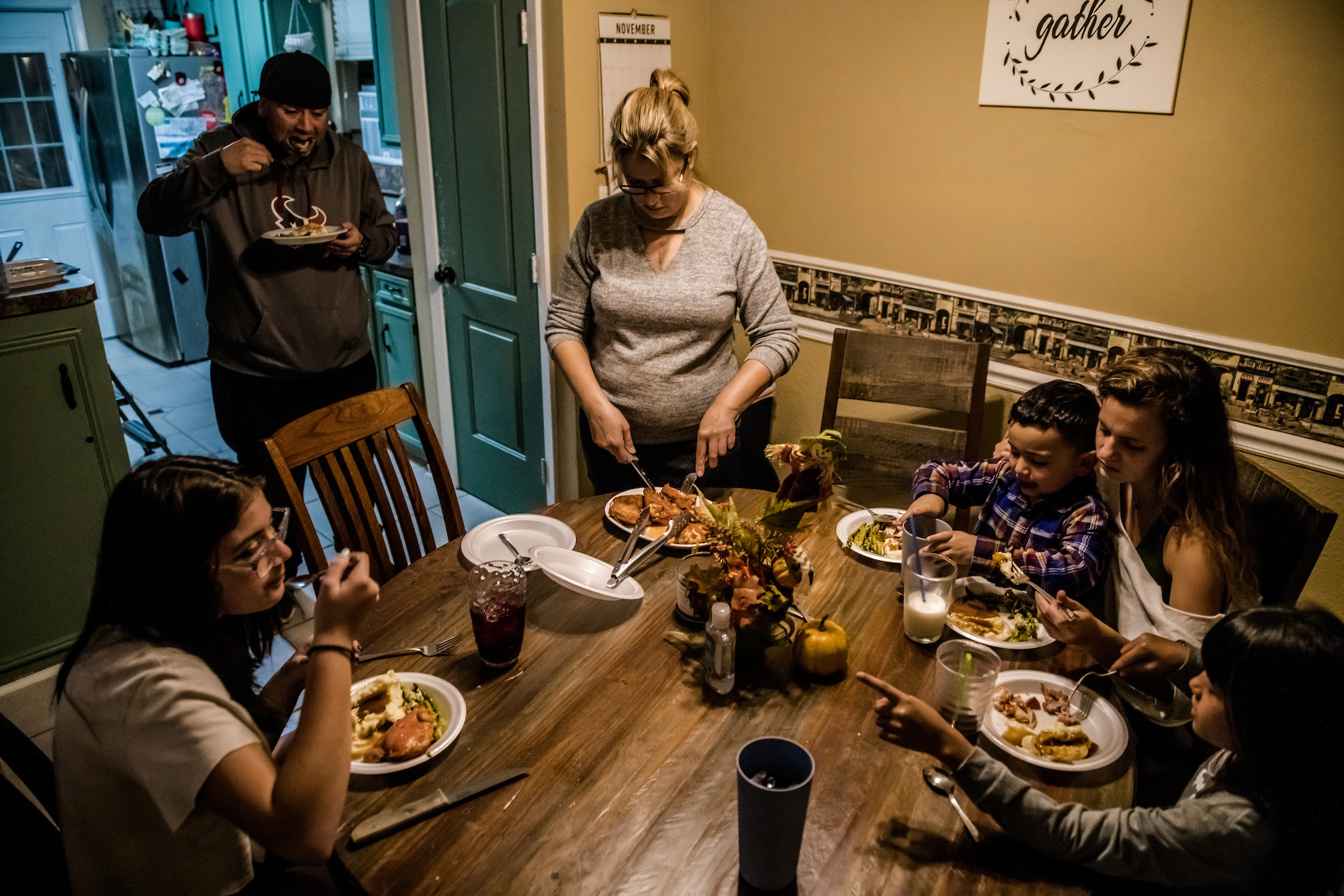
Across the country, the challenges have resulted in miles-long lines of cars waiting in line for volunteers to deposit bags and boxes of essentials—eggs, rice, beans, chicken, potatoes, etc.—in their car trunks, and pleas for those who have not been financially impacted by COVID-19 to make donations to food charities in order to sustain those that have.
As we approach the holiday season, at which point a litany of economic protections—including a moratorium on most evictions, forbearance for student loans and extra unemployment—are set to expire just as COVID-19 cases hit new high-water marks, Thanksgiving might be an especially challenging day. Once a time for large family gatherings and hearty meals, a lot of families will go without either.
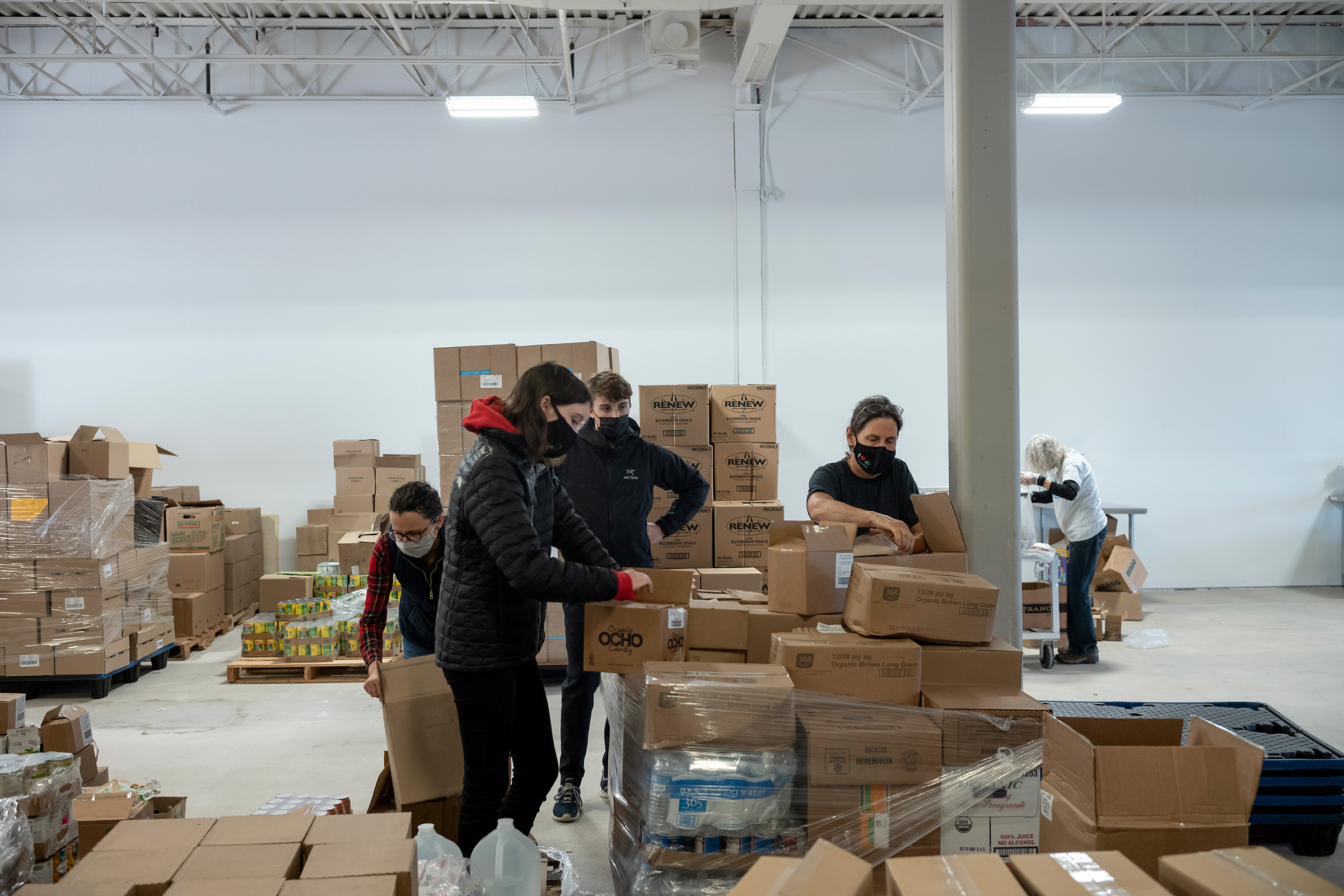
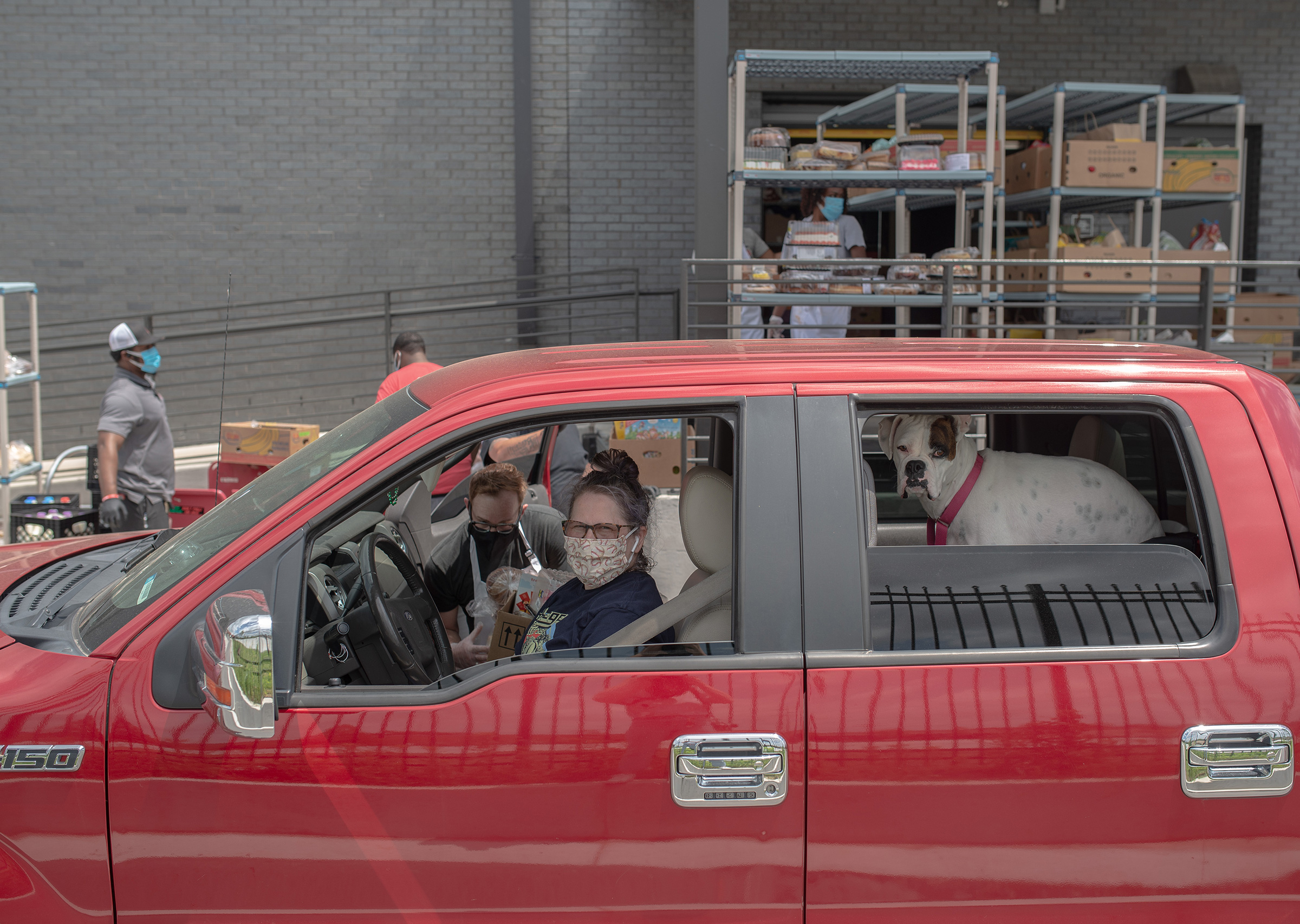


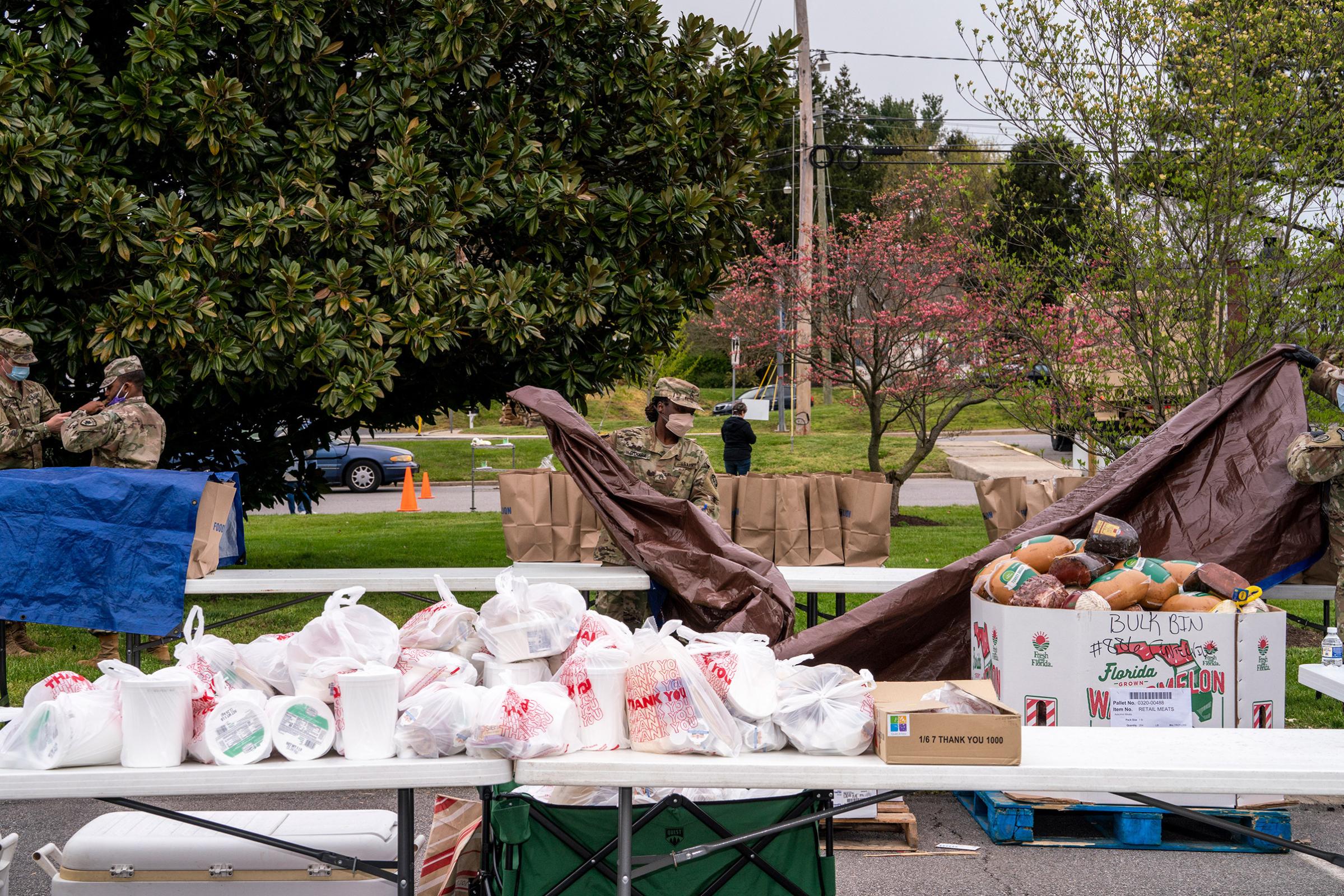

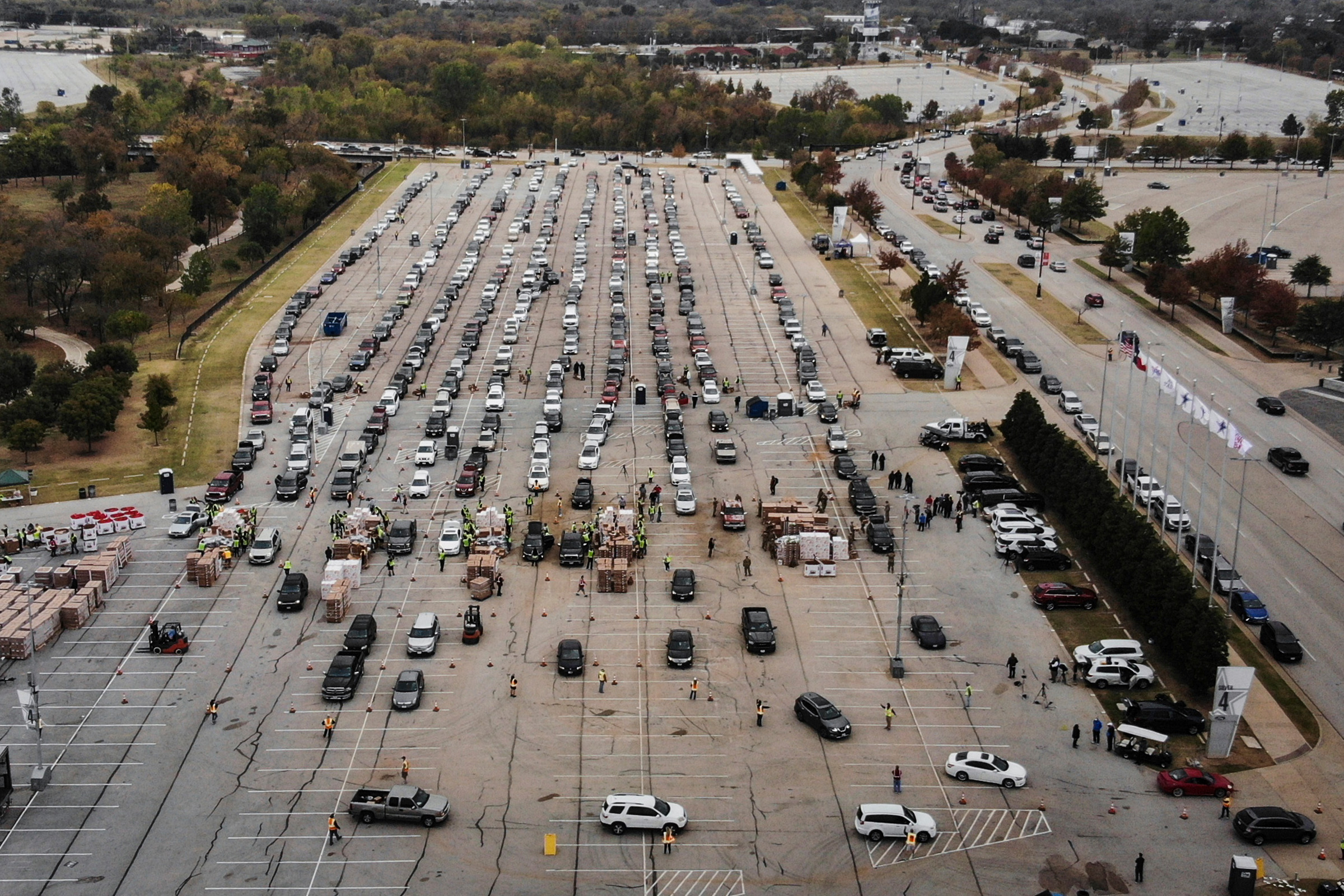
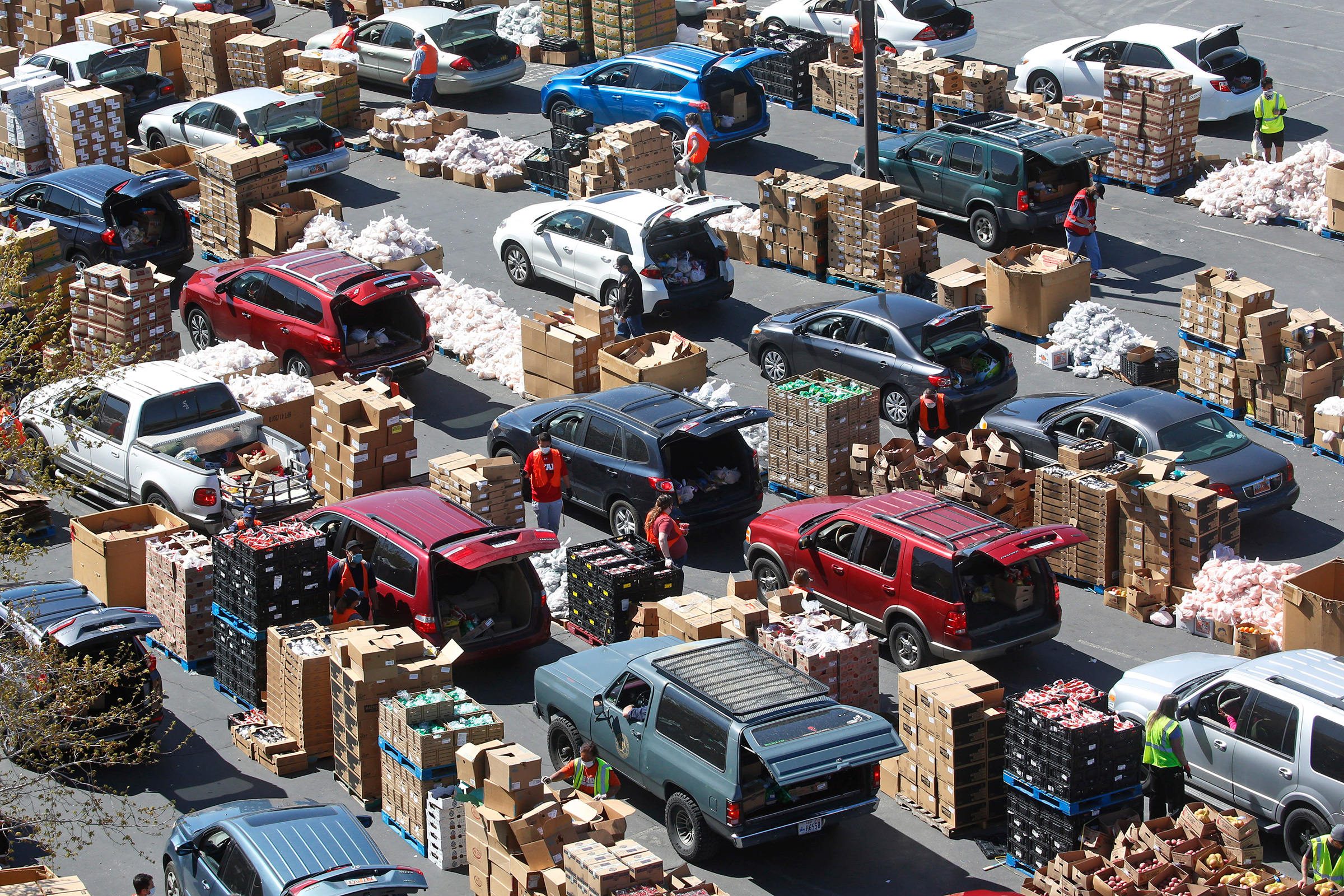

More Must-Reads from TIME
- Cybersecurity Experts Are Sounding the Alarm on DOGE
- Meet the 2025 Women of the Year
- The Harsh Truth About Disability Inclusion
- Why Do More Young Adults Have Cancer?
- Colman Domingo Leads With Radical Love
- How to Get Better at Doing Things Alone
- Michelle Zauner Stares Down the Darkness
Write to Abby Vesoulis at abby.vesoulis@time.com
